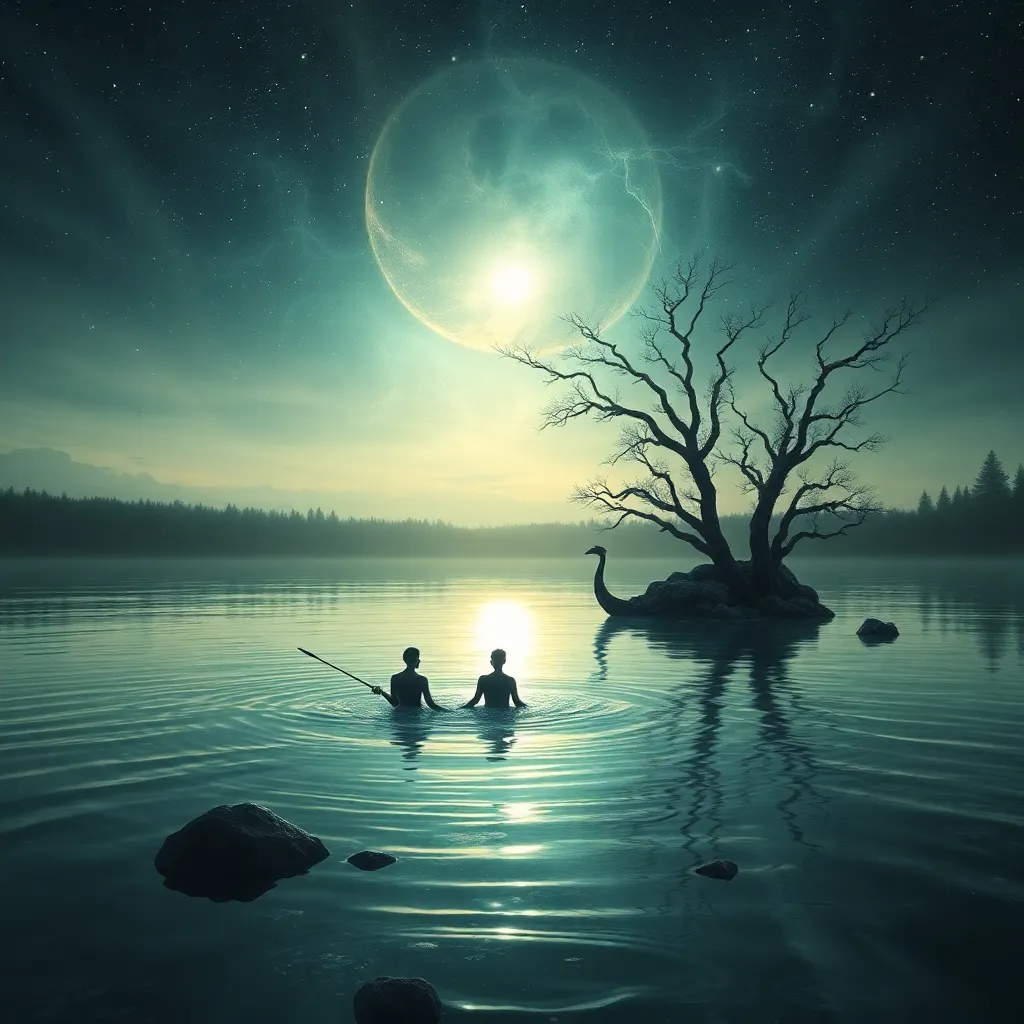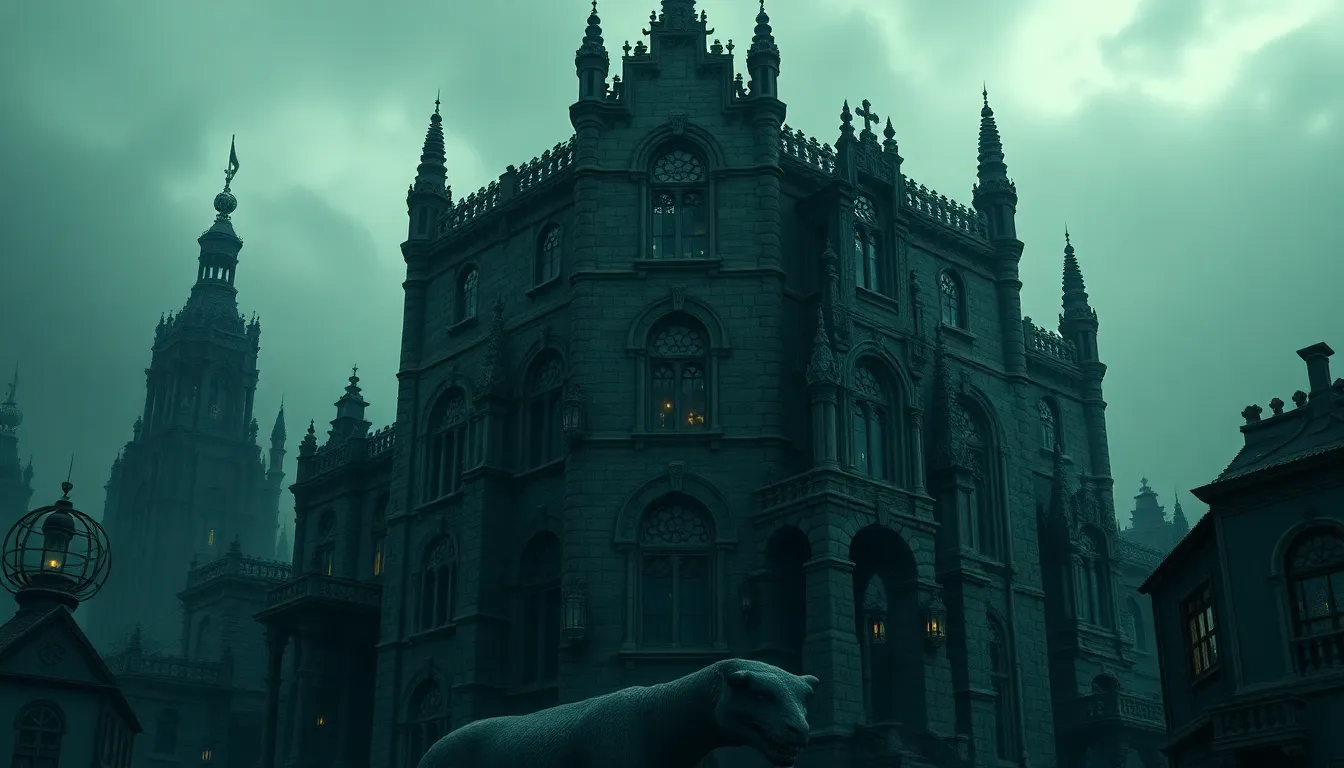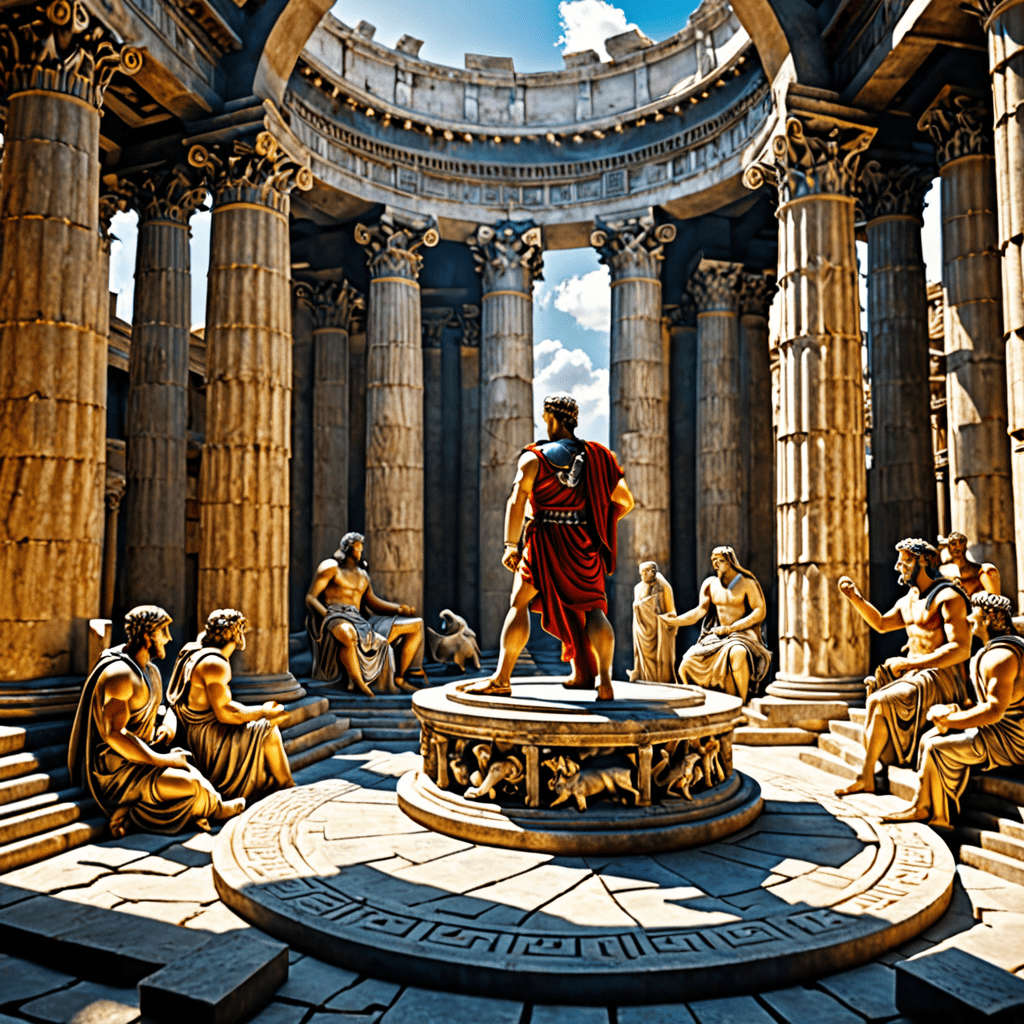Rusalka and the Supernatural: Connecting Water Spirits to Other Mythological Beings
I. Introduction
Rusalka is a captivating figure in Slavic folklore, embodying the essence of water spirits that inhabit the rivers, lakes, and streams of Eastern Europe. Traditionally depicted as beautiful young women, Rusalki have fascinated generations with their enchanting stories and tragic fates. The significance of water spirits in mythology extends beyond Slavic tales; they appear in various cultures, representing the duality of water as both a nurturing force and a harbinger of death. This article aims to explore the connections between Rusalka and other mythological beings, emphasizing the rich tapestry of water spirits across different cultures.
II. Understanding Rusalka: Origins and Characteristics
A. Historical background of Rusalka in Slavic culture
The origins of Rusalka can be traced back to ancient Slavic beliefs, where water was often associated with fertility, rebirth, and the afterlife. Rusalki are believed to be the souls of young women who died tragically, often by drowning or in childbirth. These vengeful spirits would emerge from the water during the summer months, luring unsuspecting men to their watery graves.
B. Physical and behavioral traits of Rusalka
In folklore, Rusalki are typically portrayed as ethereal, beautiful maidens with long hair and flowing garments made of water or reeds. Their enchanting voices and mesmerizing dances are both alluring and dangerous. Rusalki are known to inhabit the water’s edge, often appearing during twilight when the boundary between the natural and supernatural is most tenuous. Their behavior can range from playful and seductive to vengeful and wrathful, reflecting the unpredictable nature of water itself.
C. Rusalka’s role in folklore and local traditions
In Slavic traditions, various rituals and ceremonies were performed to appease the Rusalki, especially during the Rusalka Week, a time dedicated to honoring these spirits. People would leave offerings of flowers and food by the water’s edge, seeking protection and favor from these enigmatic beings. The Rusalka’s story serves as a cautionary tale, warning against the dangers of the unknown and the consequences of unchecked desires.
III. The Symbolism of Water in Mythology
A. Water as a source of life and death
Water holds a profound place in mythology, symbolizing both life-giving properties and the potential for destruction. It is essential for sustenance, representing fertility and growth, yet it can also be a force of chaos, capable of drowning and destruction. This duality is central to the narratives surrounding water spirits, including Rusalki.
B. The duality of water spirits: Nurturing and vengeful
The dual nature of water spirits manifests in their behaviors. While some spirits, like Rusalki, can offer love and life, they can also embody vengeance and despair. This complexity reflects humanity’s relationship with water itself—an element that is essential for life but can also bring peril.
C. Comparative analysis of water symbolism across cultures
- In Mesopotamian mythology: Water deities like Enki represented wisdom and creation.
- In Egyptian mythology: The Nile was revered as a giver of life, while also being feared for its potential to flood.
- In Celtic folklore: Water spirits, such as the Selkies, symbolize transformation and the boundaries between worlds.
IV. Rusalka and the Nymphs: A Comparative Study
A. Characteristics of Nymphs in Greek mythology
Nymphs in Greek mythology are nature spirits associated with various elements, including water, trees, and mountains. Water nymphs, or Naiads, are specifically linked to freshwater bodies, embodying a similar allure and danger as Rusalki. They are often depicted as beautiful maidens who protect their aquatic realms.
B. Similarities and differences between Rusalka and Nymphs
Both Rusalki and Nymphs share characteristics of beauty, seduction, and a connection to water. However, while Nymphs are generally benevolent, Rusalki often exhibit vengeful traits due to their tragic pasts. This distinction highlights the cultural differences in how these spirits are perceived, with Rusalki embodying a more complex relationship with death and loss.
C. The cultural significance of these water spirits in their respective mythologies
Both Rusalki and Nymphs serve as reflections of human experiences and emotions—love, loss, and the mysteries of life and death. They encapsulate the cultural values and fears associated with femininity, nature, and the unknown, making them enduring symbols in their respective mythologies.
V. Other Water Spirits in Global Mythology
A. Overview of water spirits in various cultures (e.g., Selkies, Undines)
Water spirits appear in numerous cultures beyond Slavic and Greek mythologies. Some notable examples include:
- Selkies: In Scottish folklore, Selkies are seal creatures who can transform into beautiful women, often representing themes of transformation and longing.
- Undines: In European mythology, Undines are elemental water spirits associated with flowing water, often depicted as beautiful and elusive.
- Yara-ma-yha-who: In Australian Aboriginal mythology, this creature is known to lure its victims into the water, embodying the dangers of the aquatic world.
B. Comparative traits and narratives of these beings
While the specifics of each water spirit vary, common themes include beauty, seduction, and the capacity for vengeance. They often reflect the cultural relationship between humanity and water, emphasizing both reverence and fear.
C. The universality of water spirits in human storytelling
The persistence of water spirits in global mythology underscores the universal nature of human storytelling. These narratives often serve to explain natural phenomena, explore human emotions, and reflect societal values, demonstrating the importance of water in both a physical and symbolic sense.
VI. Rusalka and the Femme Fatale Archetype
A. Exploration of Rusalka as a seductress and tragic figure
Rusalka embodies the archetype of the femme fatale—a seductive woman whose beauty and allure can lead to destruction. Her tragic backstory adds depth to her character, transforming her from a mere seductress to a figure of empathy and sorrow.
B. Connection to other mythological femme fatales (e.g., Lilith, Sirens)
Similar to Rusalka, other mythological femme fatales like Lilith and the Sirens also embody themes of seduction, danger, and tragedy. These figures serve as cautionary tales about the complexities of femininity and the societal fears surrounding women’s power and sexuality.
C. The implications of these characters in societal views on femininity
The portrayal of Rusalka and her counterparts reflects societal views on femininity, often depicting women as both nurturing and dangerous. These narratives shape cultural perceptions of women, highlighting the dual nature of womanhood in folklore and myth.
VII. Modern Interpretations of Rusalka and Water Spirits
A. Rusalka in literature, film, and art
In contemporary culture, Rusalka has been reimagined in various forms of art, literature, and film. Her story has inspired operas, novels, and movies, often emphasizing her tragic nature and complex emotions. These modern interpretations continue to explore themes of love, loss, and the haunting beauty of water spirits.
B. The revival of interest in Slavic mythology
There has been a resurgence of interest in Slavic mythology in recent years, with artists and writers drawing upon traditional tales to create new narratives. This revival allows for a deeper exploration of cultural heritage and the enduring relevance of figures like Rusalka in today’s society.
C. How contemporary portrayals shape the understanding of these spirits
Modern portrayals of Rusalka and other water spirits challenge traditional narratives, inviting audiences to reconsider their meanings and implications. By examining these characters through contemporary lenses, we gain insights into ongoing societal issues related to femininity, power, and the human connection to nature.
VIII. Conclusion
The exploration of Rusalka reveals her significance not only within Slavic folklore but also in the broader context of mythological water spirits around the world. Her story, along with those of similar beings, highlights the enduring influence of water spirits in cultural narratives. By examining these connections, we deepen our understanding of the complexities of mythology and the human experience, shedding light on the timeless themes that continue to resonate across cultures.




